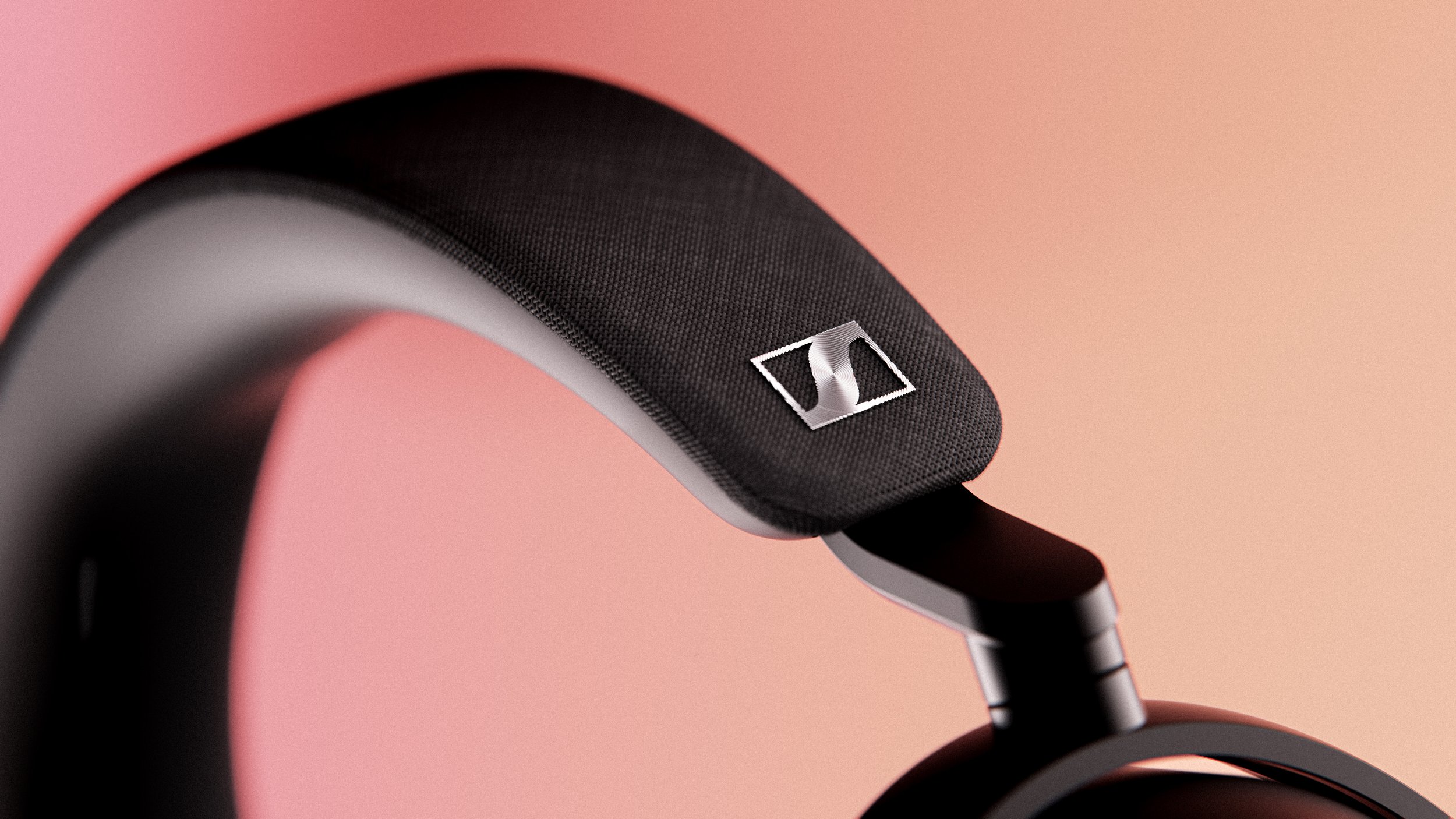Designing Sennheiser Momentum 4
We helped Sonova Consumer Hearing pivot the design language of their top-of-the line product to reach a larger target audience.
Momentum 4 is Sennheiser’s flagship wireless over-ear headphone—designed and engineered to deliver immersive, high-fidelity sound and long-lasting comfort. It was launched in 2024 and is now a crucial revenue and profit driver Sonova Consumer Hearing.
Design Challenge
In 2019, the growth of the predecssor Momentum 3 stalled and one insight was that design was to polarizing. Our job was to find a new design language which aligns better with mainstream consumer tastes. Our main tasks were:
Develop a mainstream design language
Optimzied the design for comfort
Achieve premiumness with a low bill of materials.
Solution
We collaborated closely with product management and engineering to develop the industrial design of Momentum 4. In just three months, we defined a clear vision, validated it with customers, and built early confidence. We then turned that vision into a scalable, cost-effective design focused on value engineering.
The outcome: lower costs, wider market reach, and a strong economic boost for Sonova Consumer Hearing.
Process Insights
Product Vision
We created a design vision within three months which was tested quantitavely against the key competitors to verify the design pivot. This approach created a lot of confidence in the entire team. One key decision was the C-Clamp mechanism—a cost-saving structural component that met both UX and manufacturing goals.
Comfort Research
We conducted ergonomic studies, user interviews, and competitive benchmarking to define comfort principles that informed both form and mechanical design. These insights ensured that the final product was very comfortable without compromising the design vision.
Development Support
We translated the design vision into scalable product detail—developing a handbook to guide finishes, tolerances, and integration. Details like fabric-covered microphone ports elevated the perceived quality while supporting acoustic function. Our approach reduced BOM costs while maintaining a cohesive aesthetic.








